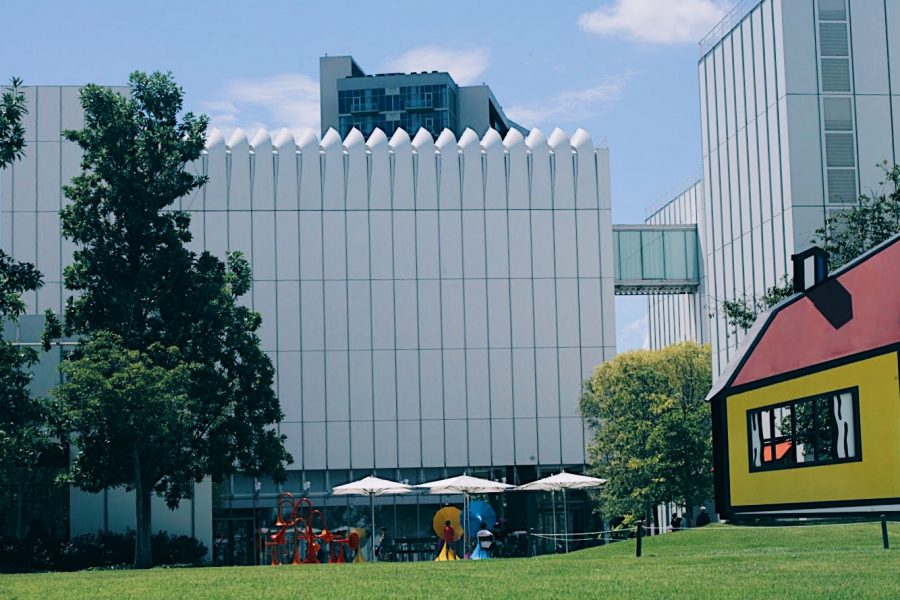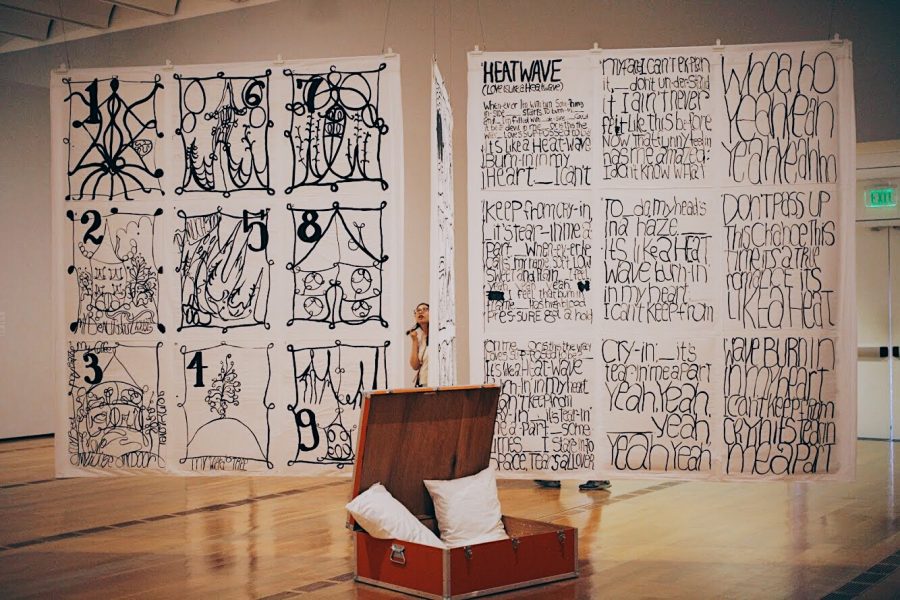Outliers and Underdogs: Exploring the High’s Outliers and American Vanguard Art Exhibit
Within the Outliers and American Vanguard Art exhibit, the work of self-taught artists varies from classical portraiture to innovative forms of instillation and found object sculpture. The Vanguard Art exhibit filled multiple galleries with the work of diversified media: from fibers, clay and stone sculptures to installation, auditory, video, and photograph pieces.
September 17, 2018
Atlanta’s High Museum of Art showcased The Outliers and American Vanguard art exhibit through the summer of 2018 as essentially a history of the “do-it-yourself” movement in art before the birth of Pinterest. On the surface, the exhibit epitomizes the oh-so-common sentiment that circulates in art critique of the “I can do that too” notion to shallow onlookers. However, within its depths, the exhibit also expressed an underlying string of narratives reflective of historical context, personal experience, and the shifting identities within American art.
From June 24 through September 30, The Outliers will display their works in the High Museum galleries. Though organized by the National Gallery of Art of Washington DC, the exhibit obtains its funding from the Fulton County Board of Commissioners and showcases a variety of art from the heart of Atlanta. The High Museum holds the title of one of the first US museums to make a commitment to folk and self-taught art, and beautifully displays the nuances and complexities that exist in the genre through its exhibit.
The thought-provoking displays, sectioned by three historical periods, mark the shifting juxtaposition of the contemporary, the avant garde, and outlying art of the time. The opening galleries showcase the work of American modernists who dabbled in the exploration of folk art between 1924 and 1943, a time period that featured The Great Depression and World War II. In contrast, the next section of the exhibit explores the blooming development of self-taught and folk arts set to the context of the contemporary social activism of the time, such as the feminist, antiwar, civil rights and gay rights movements. Finally, at its end, the last galleries serve as the exhibit’s diverse and colorful finale, presenting an array of work that portrayed the development of Vanguard art as a response to technological and sociopolitical developments from 1998 to the present day.
The High’s exhibit illustrates the effect that self-taught artists have, not only on the development of the contemporary art of the time, but also on modern art through the diverse brilliance displayed. From multimedia sculpture and video installation to quilting and classic portraiture, The Outliers’ exhibit explores the various branches of contemporary art through 250 works from the 1910s to the present from more than 80 untrained artists. The Outliers and American Vanguard art exhibit vividly displays how the art commonly termed as naive, outsider, and primitive shaped the development of contemporary art today, and ultimately demonstrates the power and influence of the underdog.








